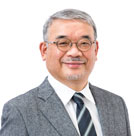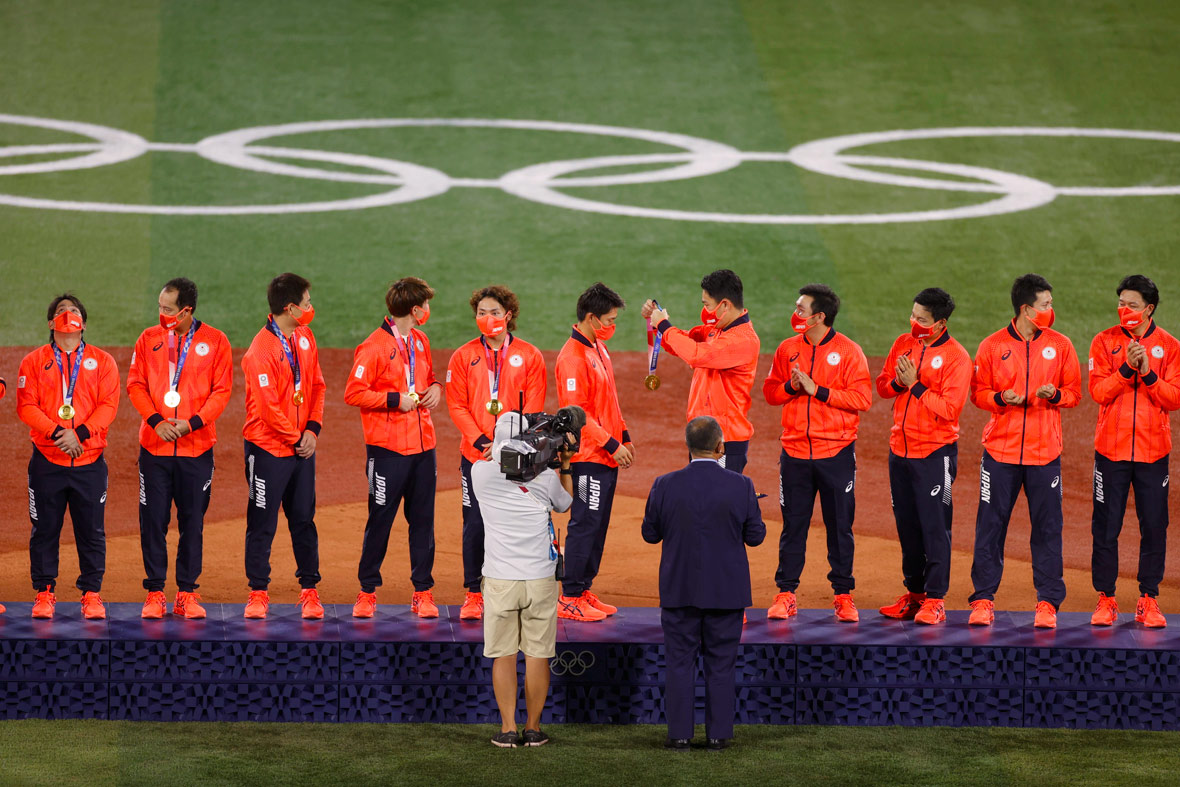Ever since the United Nations adopted the Sustainable Development Goals (SDGs), companies have been making progress in their efforts to achieve them. The round, 17-colored lapel pin signifying the SDGs is now a common sight around town, revealing moves in the business world to promote corporate social responsibility (CSR) in response to changes in social awareness. At the same time, this can also be seen as a medium- to long-term strategy with an eye to investment from corporate investors.
In recent years, ESG investing and impact investing have received increased media attention. The former is an investment strategy that selectively supports companies based on their efforts to address environmental, social, and governance issues. Impact investing is a specific approach to ESG investing which seeks to simultaneously produce social results and financial return.
The pursuit of profit and intensifying competition between companies can come at the expense of social equality and environmental protection. How can we encourage financial investment while also limiting these tendencies? The global SDGs market is valued at US$20 trillion, while Japan’s fiscal 2020 impact investing balance is said to reach approximately ¥512.6 billion. The right corporate initiatives can increase a company’s brand value and become a starting point for corporate investment and consumer activity. Companies must be sensitive to this reality.
The sporting world was quick to embrace the idea of sustainability that would later give rise to the SDGs, notably in its environmental measures for the Winter Olympics. This was prompted by criticism of environmental destruction in the 1970s, with concerns that construction of Olympic venues had accelerated deforestation.
One symbol of these efforts was Mount Eniwa, the downhill ski venue at the Sapporo 1972 Olympics. After the competition facilities were removed, trees were planted in an attempt to restore the site to its previous state. This ¥800 million construction and ¥300 million restoration project was the first environmental protection effort in Olympic history. However, selecting appropriate flora proved troublesome and the project fell short of complete recovery, demonstrating the difficulty of environmental restoration.
Four years later, the US city of Denver gave up its right to host the Olympics due to opposition from residents. In 1980, Lake Placid faced strict requirements regarding the construction of its facilities, and in 1988 protests occurred in Calgary.
In response to these trends, in 1994 the International Olympic Committee established “Environment” as another pillar of the Olympic Movement alongside “Sports” and “Culture,” and explicit mention of “sustainable development” was added to the Olympic Charter in 1996. The Nagano 1998 Olympic Winter Games were the first held under this new framework. Due to environmental concerns, the venues for downhill skiing and the biathlon were changed, and discussions surrounding the downhill starting point continued until the opening ceremonies were just a month away. Since then, environmental considerations have been an essential part of Olympic planning, even at the bidding stage.
Sportswear manufacturers have followed the precedent set by IOC in paying greater attention to environmental issues. One of the first to do so was Mizuno Corporation. In 1991, after Nagano was chosen to host the Winter Games, Mizuno established an in-house environmental conservation project and began developing shoes made out of recycled rubber and using recyclable cardboard boxes. As a gold sponsor at the Nagano Games, Mizuno developed uniforms for Olympic officials made out of recyclable materials which conserved approximately 10 liters of oil per uniform. These actions prompted the spread of environmental awareness to sportswear manufacturers around the world. Now companies compete to develop shoes and uniforms made out of recyclable materials and actively seek to reduce CO2 emissions at factories and other facilities.
It goes without saying that the consumer lies behind all of these decisions. The goal is to enhance corporate brand image and promote consumer activity by demonstrating the company’s stance on these issues.
Through participating, spectating, and volunteering, sports have the power to impact a wide range of fields, including health, education, welfare, diet, and technological innovation, as well as world peace and the realization of an inclusive society. To make use of this power, awareness-raising must be accompanied by growth and development in the sporting world.
Growth and development require investment. However, the sporting world, which relies on government and other subsidies and income from general spectator ticket sales, does not have funds of its own. In addition to corporate sponsorship and ticket revenue, it will be essential to secure funds from a wider range of outside sources.
In 2019, following the example of the Corporate Governance Code, the Japanese sporting world created and instituted the Code for Sports Governance. The code’s effectiveness, however, has been limited. Without a system like the British sporting world, where governance is observed and openly disclosed information produces external investment, it will never be effective.
The progress made toward the SDGs is a useful point of comparison. Until evaluation systems are established for the sporting world similar to those used for impact investing and ESG investing in the corporate world, it will not be possible to obtain external funding, and policy effectiveness will remain unreliable.
The Japan Sports Agency’s project to increase the scale of the sports market to ¥15 trillion by 2025 has been affected by the COVID-19 pandemic, necessitating a restructured approach. Sports tourism, a mainstay of the market, has been hit hard, while growth in the sporting goods and professional sports industries has been reliant on corporate efforts. In order to accomplish other policies such as regional development and increasing healthy life expectancy, we must consider sports versions of ESG investing and impact investing as we look to external funding systems.
Works Consulted
United Nations Information Center, The Sustainable Development Goals Report 2021
Japan Sports Agency, “Supotsu kokusai senryaku ni tsuite” (International Sports Strategy)
The Japan National Advisory Board, the Global Steering Group for Impact Investment (GSG-NAB Japan), “Nihon ni okeru inpakuto toshi no genjo to kadai: 2020 nendo chosa” (The Current State and Challenges of Impact Investing in Japan: FY 2020 Survey)
Kazuyoshi Kamiya and Tsunehiro Hayashi, Supootsu SDGs gairon (Sports SDGs Overview), (Gakujustsu Kenkyu Shuppan, 2020)
Nikkei (Nihon Keizai Shimbun)
Translated by the SSF from an article published in Japanese on February 16, 2022.

Shinsuke Sano
Director and Senior Special Researcher, Sasakawa Sports Foundation
Columnist, Sankei Shimbun
Professor, Faculty of Sport Management, Shobi University
Joined the Sankei Shimbun Co. after working for the Hochi Shimbun, serving as Sydney bureau chief, head of the Sports Department, director and corporate officer of Sankei Sports, and Sankei Shimbun board director. Has a 30-plus-year career as a sports reporter, covering baseball and the Olympics for 15 years each and reporting on five Olympic Games. Concurrently holds such other positions as director of the Japan Olympic Academy, member of the Japan Sport Fairness Commission, and part-time lecturer at Waseda University. Is the co-author of 2020 + 1 Tokyo Taikai o kangaeru (Thinking About Tokyo 2020 plus 1).


